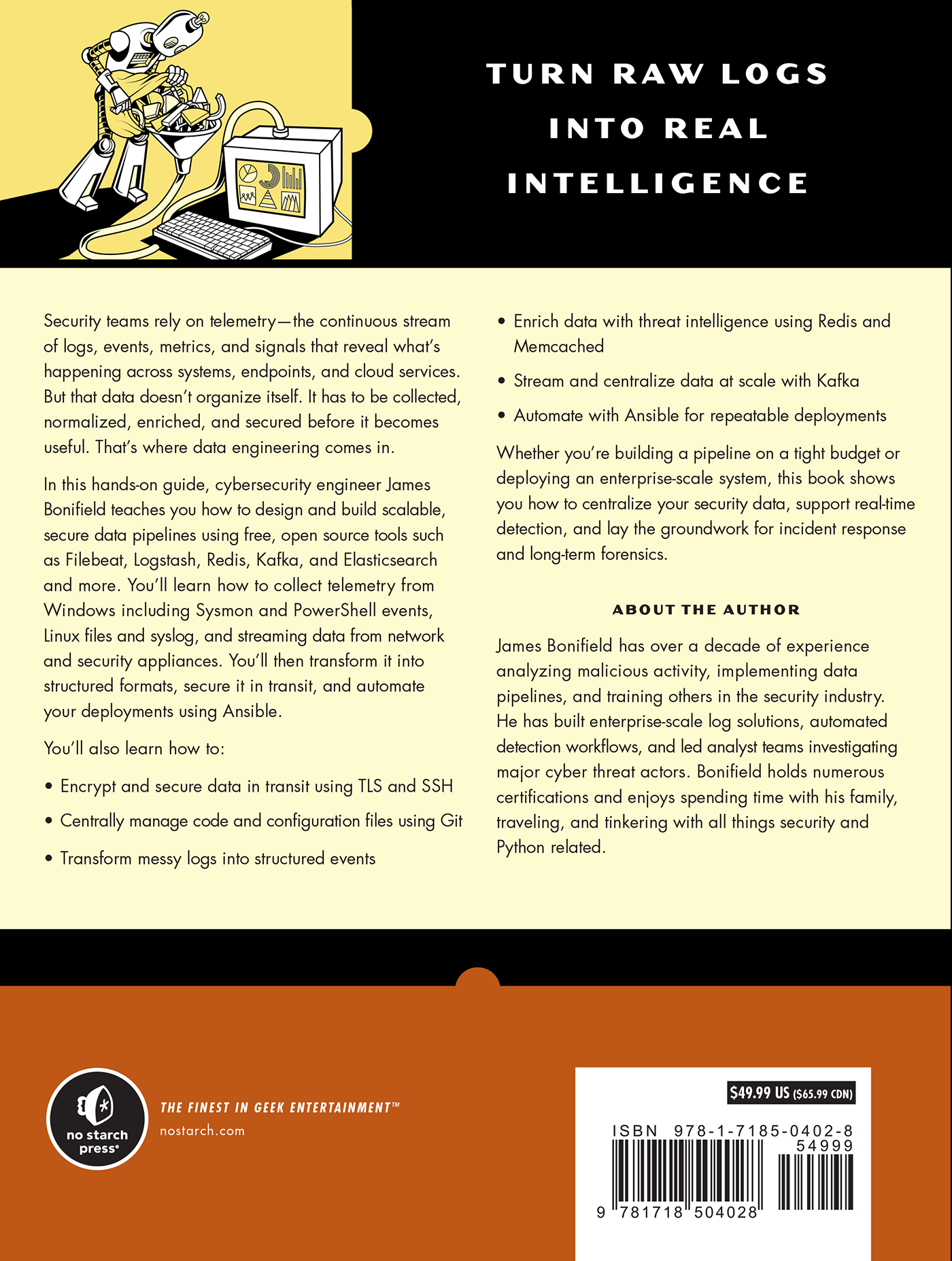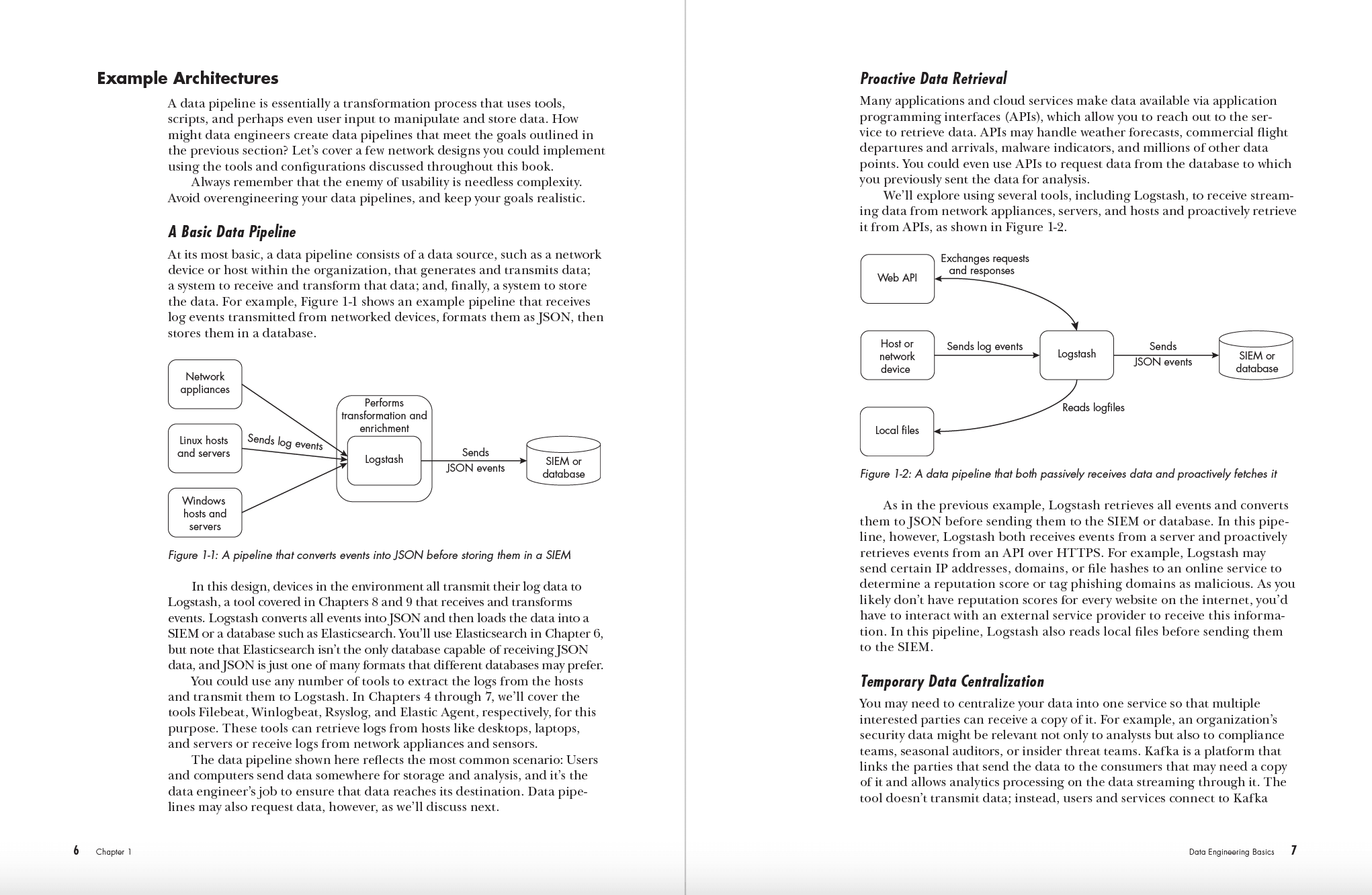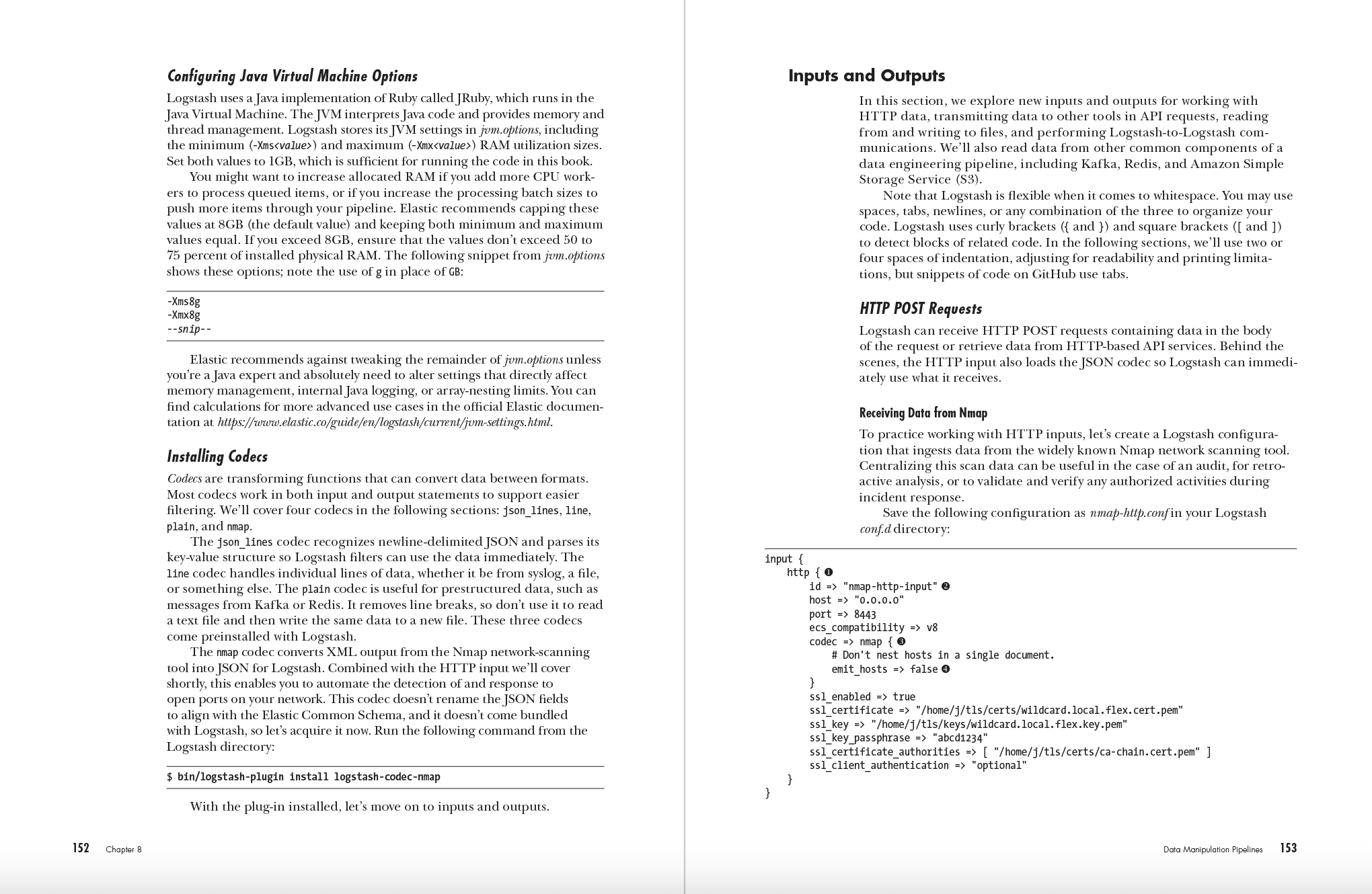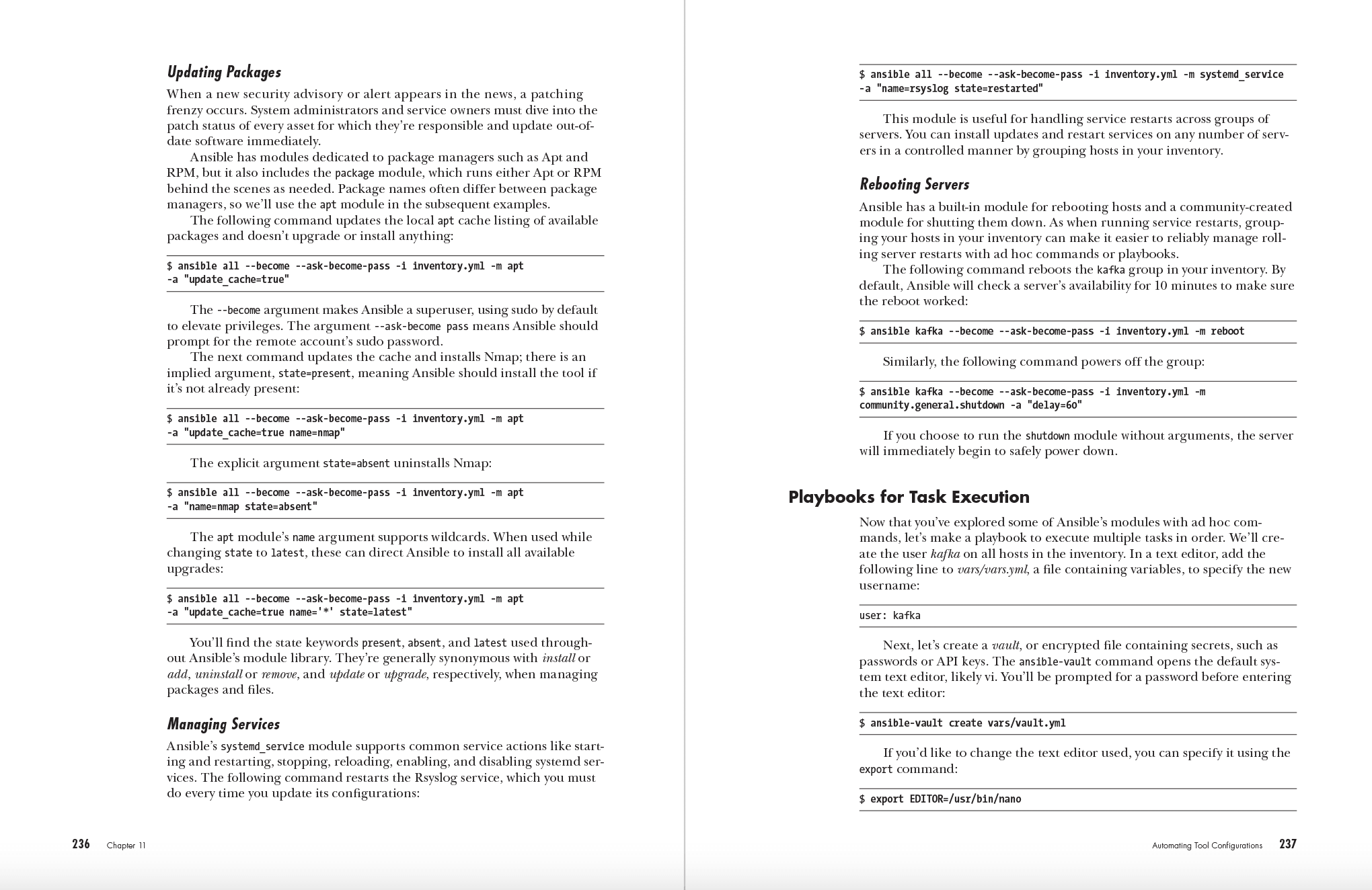Acknowledgments
Introduction
Part I: Foundations of Secure Data Engineering
Chapter 1: Data Engineering Basics
Chapter 2: Network Encryption
Chapter 3: Source and Configuration Management
Part II: Log Extraction and Management
Chapter 4: Endpoint and Network Data
Chapter 5: Windows Logs
Chapter 6: Integrating and Storing Data
Chapter 7: Working with Syslog Data
Part III: Data Transformation and Standardization
Chapter 8: Data Manipulation Pipelines
Chapter 9: Transformation Filters
Part IV: Data Centralization, Automation, and Enrichment
Chapter 10: Centralizing Security Data
Chapter 11: Automating Tool Configurations
Chapter 12: Ansible Tasks and Playbooks
Chapter 13: Caching Threat Intelligence Data
Index
View the Copyright page
View the detailed Table of Contents
View the Index





